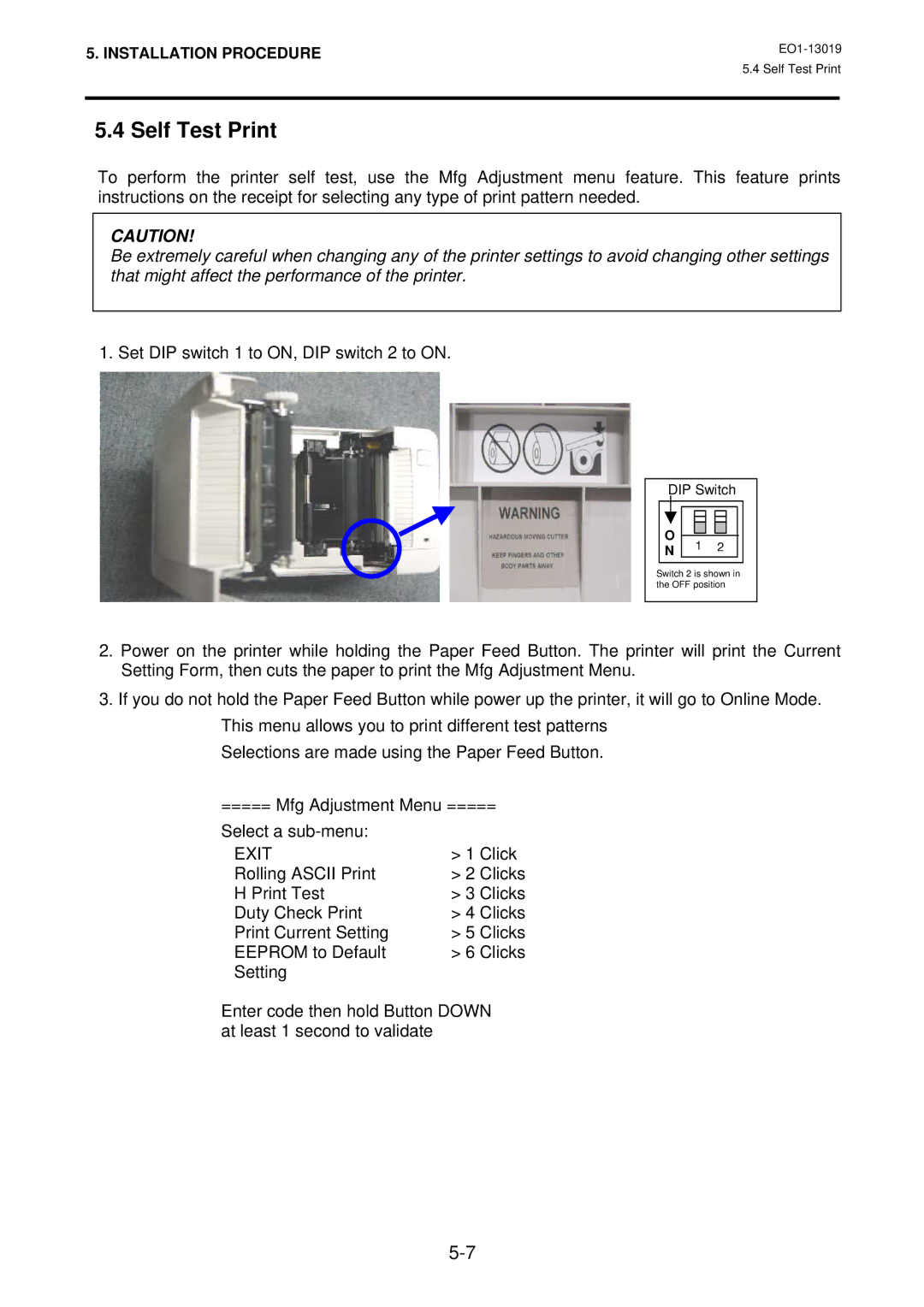TRST-A10 specifications
The Toshiba TRST-A10 is an innovative solution that has gained attention in the electronic components market for its robust performance and advanced features tailored for high-efficiency applications. This device is primarily known for its role as a power semiconductor component, which plays a crucial role in managing and controlling electrical power in various systems.One of the standout features of the TRST-A10 is its impressive thermal performance. With an optimized package design, it can effectively manage heat dissipation, ensuring that the device operates efficiently even under high-stress conditions. This characteristic is particularly beneficial for applications in industrial machinery and automotive electronics, where thermal management is crucial for longevity and reliability.
The TRST-A10 also boasts a high maximum operating voltage, allowing it to handle significant voltage transients without compromising performance. This aspect makes it suitable for applications that require high levels of electrical isolation and robustness, such as in renewable energy systems, electric vehicles, and power supply units.
Key technologies embedded within the TRST-A10 include advanced gate drive circuitry, enabling faster switching speeds that contribute to higher efficiency and reduced energy loss. These rapid switching capabilities not only enhance overall system performance but also contribute to lower electromagnetic interference, a significant advantage in sensitive electronic environments.
In terms of electrical characteristics, the Toshiba TRST-A10 is designed with an impressive current rating, making it suitable for varied applications, including inverters, converters, and motor drives. Its flexibility in handling multiple operational modes positions it as an essential component in modern power management solutions.
Another significant trait of the TRST-A10 is its compatibility with different circuit topologies, making it a versatile choice for engineers aiming to innovate and optimize their designs. It supports various applications ranging from consumer electronics to complex industrial systems, highlighting its adaptability and wide-ranging applicability.
The TRST-A10 underscores Toshiba's commitment to delivering cutting-edge semiconductor technologies that meet the evolving demands of the electronics industry. With its focus on efficiency, heat management, and robust performance, it stands out as a reliable choice for engineers and innovators seeking reliable solutions for their electronic projects. In a world increasingly focused on energy efficiency and sustainability, the Toshiba TRST-A10 is poised to play a pivotal role in the future of power management technology.

